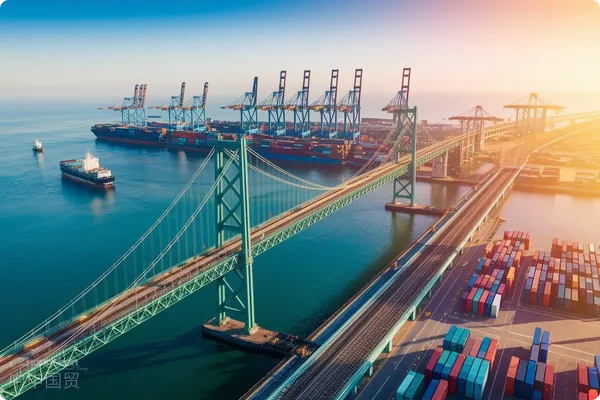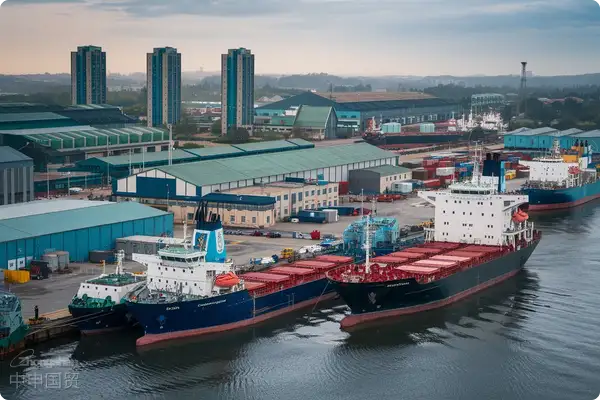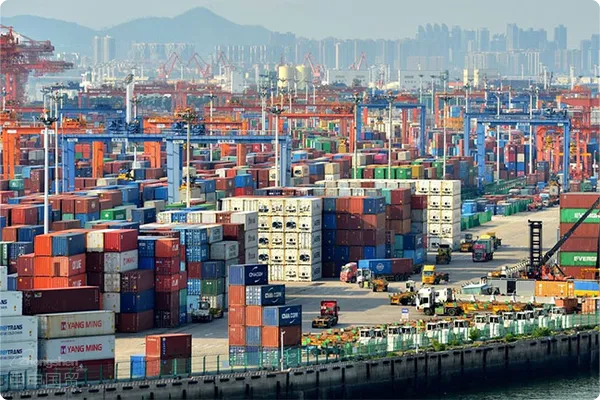- Shanghai Zhongshen International Trade Co., Ltd. - Two decades of trade agency expertise.
- Service Hotline: 139 1787 2118
The House Bill of Lading (House Bill of Lading, abbreviated as HBL) is a crucial document in the process of cargo transportation, involving the rights and obligations of the shipper, consignee, freight forwarder and other parties. This article explains in detail the operation process, purpose and function of the House Bill of Lading, the differences from the Master Bill of Lading (Master Bill of Lading, abbreviated as MBL), as well as the format and content of the bill of lading.
I. Operational process and importance of the Non - Vessel Operating Common Carrier (NVOCC) bill of lading
The NVOCC bill of lading is an indispensable legal document in cargo transportation, ensuring the smooth progress of all links from loading to delivery. This document is usually issued by a freight forwarder and contains details of the ownership of the goods and relevant information. If this document is missing or contains errors, you may face various legal and logistics issues.
Take a specific example. Suppose aimport and exportcompany needs to ship leather products from China to Japan. In this process, the NVOCC bill of lading plays several key roles:
1) Step 1:You need to transport the goods to the location designated by the freight forwarder or NVOCC (Non - Vessel Operating Common Carrier).
2) Step 2:Ensure that all transportation documents are complete and correct.
3) Step 3:The freight forwarder will inspect your goods and then issue the NVOCC bill of lading.
4) Step 4:You send this bill of lading to the consignee in Japan.
5) Step 5:The consignee will pick up the goods at the destination port based on this bill of lading.
This operational process not only ensures the smooth transportation of goods from the source to the destination but also provides legal protection for all parties.
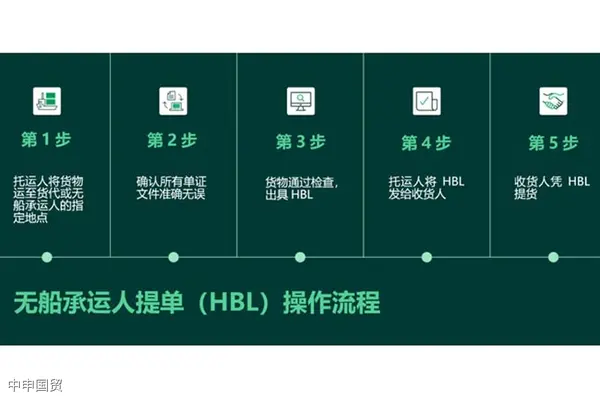
II. Comparison between the NVOCC bill of lading and the master bill of lading
The NVOCC bill of lading (HBL) and the master bill of lading (MBL) are two common but functionally different bills of lading.
1) NVOCC bill of lading (HBL):Usually issued by a freight forwarder or NVOCC, representing the transportation contract between the shipper and the consignee. This bill of lading is usually negotiable.
2) Master bill of lading (MBL):Usually issued by the carrier or shipowner, representing the transportation contract between the shipper and the carrier. This bill of lading is usually non - negotiable.
The main difference between the two lies in their issuers and scope of action. The master bill of lading usually covers the entire consolidated shipment, while the NVOCC bill of lading is for the specific goods of an individual shipper.
III. Format and content of the NVOCC bill of lading
Although different container companies may have different bill - of - lading formats, a standard NVOCC bill of lading usually includes the following main parts:
1) Detailed information of the shipper and the consignee
2) Detailed description of the goods, such as quantity, weight, size, etc.
3) Voyage and port information, such as the name of the ship, voyage number, port of departure, port of destination, etc.
4) Freight and other possible additional charges
5) Contract terms and conditions, such as liability and insurance, etc.
This information not only provides clear rights and obligations for all parties but also is crucial for the customs clearance and delivery of goods.
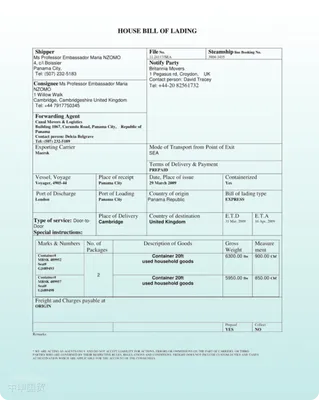
IV. Common questions and answers
In actual operation, the NVOCC bill of lading may bring a series of problems, especially if this bill of lading contains errors or is lost.
A: Incorrect information in the bill of lading may lead to problems in customs, delivery, etc., such as delays, additional costs, or legal disputes. Once an error is found, it should be corrected immediately.
A: Generally, the NVOCC bill of lading is negotiable, which means its ownership can be transferred through endorsement, etc. But this also depends on the terms clearly specified in the bill of lading.
A: The loss of a bill of lading is a very serious issue because it is a legal document of goods ownership. In this case, it is usually necessary to apply to the freight forwarder or NVOCC that issued the bill of lading for a re - issue, and it may be necessary to provide guarantees or other certificates to avoid possible legal disputes.
Lorem ipsum dolor sit amet, consectetur adipiscing elit, sed do eiusmod tempor incididunt ut labore et dolore magna aliqua. Ut enim ad minim veniam, quis nostrud exercitation ullamco laboris nisi ut aliquip ex ea commodo consequat.
Overall, the NVOCC bill of lading is an extremely important part of cargo transportation. Understanding its operation process, functions, and differences from the master bill of lading can help enterprises and individuals manage cargo transportation more effectively, reduce risks, and improve efficiency.
Related Recommendations
? 2025. All Rights Reserved. Shanghai ICP No. 2023007705-2  PSB Record: Shanghai No.31011502009912
PSB Record: Shanghai No.31011502009912
